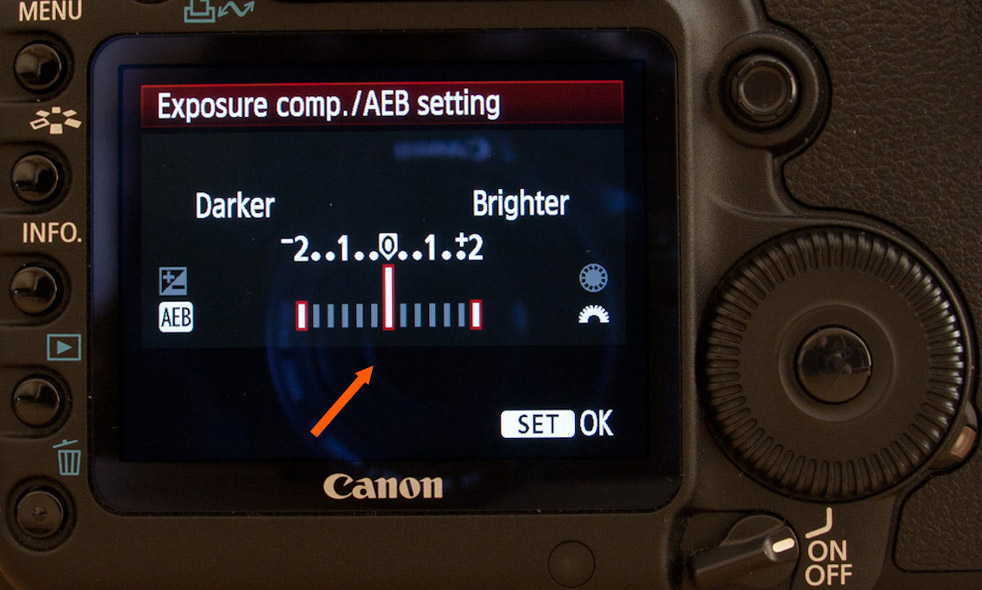The time to submit entries for the Photo contest sponsored by Aurora HDR from Macphun & Trey Ratcliff has ended. Now it’s time to vote for your favorites, to choose the peoples choice winner. Head over to this Facebook album and like the one, or multiple, that you think are the best edits.
The voting is until the end of this week, when both the jury selection and people choice winners will be announced.
Also don’t forget to check out out sponsor Aurora HDR. You can try it right now by downloading a trial from Aurora HDR web-page.


















